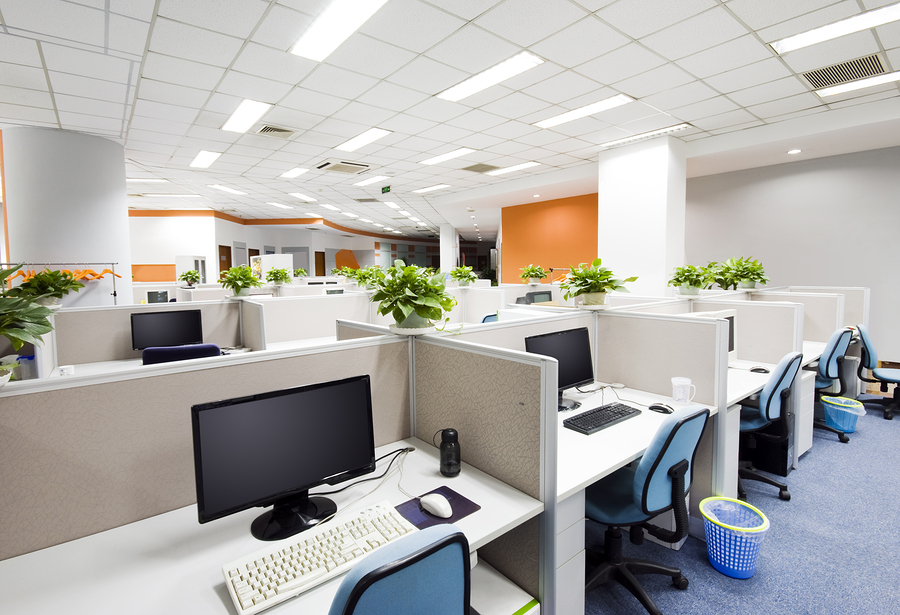More Prevalent Than You Think, Indoor Air Pollution is a Ticking Time Bomb in Your Office
 With so many working from home or large offices in the big city, a failure to address air quality issues can triggers health problems such as asthma, allergies and cancer.
With so many working from home or large offices in the big city, a failure to address air quality issues can triggers health problems such as asthma, allergies and cancer.
Studies have shown that a common particle called PM2.5, which stems from sooty exhaust fumes, industrial processes, and many household chemicals, can cause infertility and even birth defects.
“Canadian researchers have reported finding a link in asthmatic children between indoor PM2.5 and declines in lung function, while recent research in 10 European cities has estimated 14% of chronic childhood asthma stems from traffic pollution near busy roads,” says Johan Wennerström, head of technology at Blueair, a global air purification manufacturer.
According to Bengt Rittri, the founder of Blueair, indoor air can be up to 100 times more polluted than outside air.
Wennerström compares the importance of solving indoor air pollution to eradicating bird flu outbreaks. He puts the onus on the worldwide government, urging them to act now on an overlooked problem that has already caused monumental health problems for people of all walks of life.
Traffic, industry and natural pollen and allergens make ventilations in office buildings a bad illusion for clean air, especially in metropolitan areas. Standard building ventilations seldom filter out indoor contaminations such as fire-retardant or building material, says Blueair, whose air purifiers are designed to remove 99.9% of all harmful air particles. By breathing cleaner air, Blueair says people will avoid having respiratory problems and allergy symptoms.
Perform content is delivered to you by the Techvibes Job Board.











